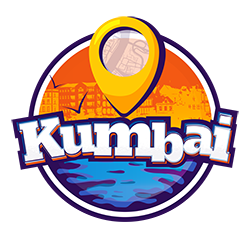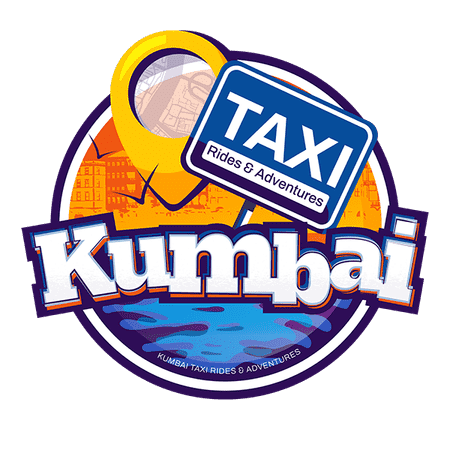Frequently Asked Questions (FAQ) – Curaçao Travel Guide
General Information
1. Where is Curaçao located?
Curaçao is a Caribbean island near Venezuela, part of the Kingdom of the Netherlands, known for its beaches, history, and vibrant culture.
2. What languages are spoken in Curaçao?
The official languages are Dutch and Papiamentu, but English and Spanish are widely spoken.
3. What currency is used in Curaçao?
The Netherlands Antillean Guilder (ANG) is the official currency, but US dollars are widely accepted.
4. What time zone is Curaçao in?
Curaçao follows Atlantic Standard Time (AST) – UTC -4. No daylight saving time is observed.
5. What type of electrical outlets does Curaçao use?
The island uses Type A, B, and F plugs with 110-130V at 50Hz. European travelers may need an adapter and voltage converter.
Travel & Transportation
6. Do I need a visa to visit Curaçao?
Visitors from the US, EU, Canada, and many other countries can stay visa-free for up to 90 days. Check current requirements before travel.
7. How can I get to Curaçao?
Curaçao is accessible via Curaçao International Airport (Hato Airport), with flights from the US, Europe, and South America. Cruise ships also dock in Willemstad.
8. What’s the best way to get around Curaçao?
Car Rentals: Ideal for exploring at your own pace but expect traffic in Willemstad, limited road signs, and some paid parking areas.
Taxis: Convenient and stress-free, with drivers offering local tours to top attractions. No need to worry about parking or navigation.
Public Transportation: Minibuses are cheap but unreliable and do not cover all tourist areas.
Bike & Scooter Rentals: Great for short distances but not ideal for long trips due to road conditions.
Accommodation & Dining
9. What are the best areas to stay in Curaçao?
- Willemstad– Culture, shopping, and nightlife.
- Jan Thiel– Luxury resorts and beaches.
- Westpunt– Peaceful and nature-filled retreats.
10. Is tap water safe to drink?
Yes! Curaçao’s tap water is high-quality and safe to drink.
11. What local foods should I try?
- Keshi Yena– Stuffed cheese dish.
- Pastechi– Fried pastry with meat, cheese, or seafood.
- Funchi & Tutu– Cornmeal-based sides.
- Lionfish– A unique and sustainable seafood option.
Attractions & Activities
12. What are the top things to do in Curaçao?
- Willemstad’s Handelskade& floating bridge.
- Shete Boka National Parkfor coastal scenery.
- Snorkeling & divingat Playa Piskado and Mushroom Forest.
- Cas Abao Beachor boat trip to Klein Curaçao.
- Curaçao Sea Aquariumfor marine life encounters.
13. What are the best beaches in Curaçao?
- Cas Abao– White sand & turquoise water.
- Grote Knip (Playa Kenepa Grandi)– Instagram-worthy scenery.
- Klein Curaçao– Secluded island paradise.
- Playa Lagun– Great for snorkeling.
14. Is Curaçao good for diving and snorkeling?
Yes! Curaçao has clear waters, colorful coral reefs, and excellent shore diving. Top dive spots include Mushroom Forest, Tugboat Wreck, and the Blue Room Cave.
Culture & Events
15. What cultural events should I experience?
- Curaçao Carnival (Feb-March)– Parades & celebrations.
- Kaya Kaya Street Festival– Local music, art, and food.
- North Sea Jazz Festival– International music event.
- Seú Harvest Festival– A colorful cultural tradition.
16. What etiquette should I follow?
- Greet locals with “Bon dia” (Good morning).
- Tipping(10-15%) is common in restaurants.
- Beachwearis for the beach – dress modestly in town.
Safety & Practical Tips
17. Is Curaçao safe for tourists?
Yes, but take normal precautions:
Avoid isolated areas at night.
Keep an eye on your belongings.
Use hotel safes for valuables.
18. What should I do in an emergency?
- Police, Ambulance, Fire: Dial 911
- Main Hospital: Curaçao Medical Center (CMC), Willemstad.
19. Can I use my phone in Curaçao?
Yes, but international roaming can be expensive. Buy a local SIM card (Digicel or Flow) for better rates. Free Wi-Fi is available in many hotels and cafes.

